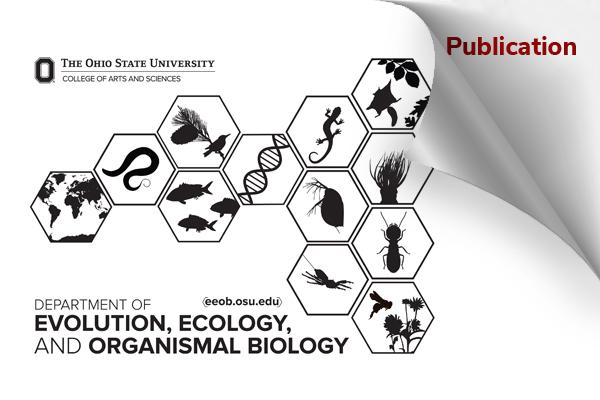EEOB Publication - Carter

Reciprocity versus pseudo-reciprocity: A false dichotomy
Gerald G. Carter. 2023. DOI: 10.1111/eth.13431
Abstract
Reciprocity and pseudo-reciprocity are two important models for the evolution of cooperation and often considered alternative hypotheses. Reciprocity is typically defined as a scenario where help given causes help received: cooperation is stabilized because each actor's cooperative investments are conditional on the cooperative returns from the receiver. Pseudo-reciprocity is a scenario where help enables byproduct returns: cooperation is inherently stable because the actor's cooperative investments yield byproduct returns from the receiver's self-serving behavior. These models are strict alternatives only if reciprocity is defined by the restrictive assumption of zero fitness interdependence, meaning that the helper has no “stake” in the receiver's fitness. Reciprocity and interdependence are, however, not mutually exclusive when
helping can increase both reciprocal help and byproduct returns. For instance, helping partners survive can simultaneously increase their willingness to reciprocate, their ability to reciprocate, and byproduct benefits of their existence. Interdependence can “pave the road” to reciprocal helping, and partners who reciprocate help can also become interdependent. However, larger cooperative investments can increase the need for responsiveness to partner returns. Therefore, most long-term cooperative relationships involve both responsiveness and interdependence. Categorizing these relationships as “reciprocity” can be viewed as ignoring interdependence, but calling them ‘pseudo-reciprocity’ is confusing because stability also comes from the cooperative investments being conditional on returns. Rather than conceptualizing cooperation into discrete categories, it is more insightful to imagine a coordinate system with responsiveness and interdependence as continuous dimensions. One can ask: To what degree is helping behavior responsive to the partner's behavior? And to what degree does the helper inherently benefit from the receiver's survival or reproduction? The amounts of responsiveness and interdependence will often be hard to estimate, but both are unlikely to be zero. Identifying their relative importance, and how that changes over time, would greatly clarify the nature of cooperative relationships.
